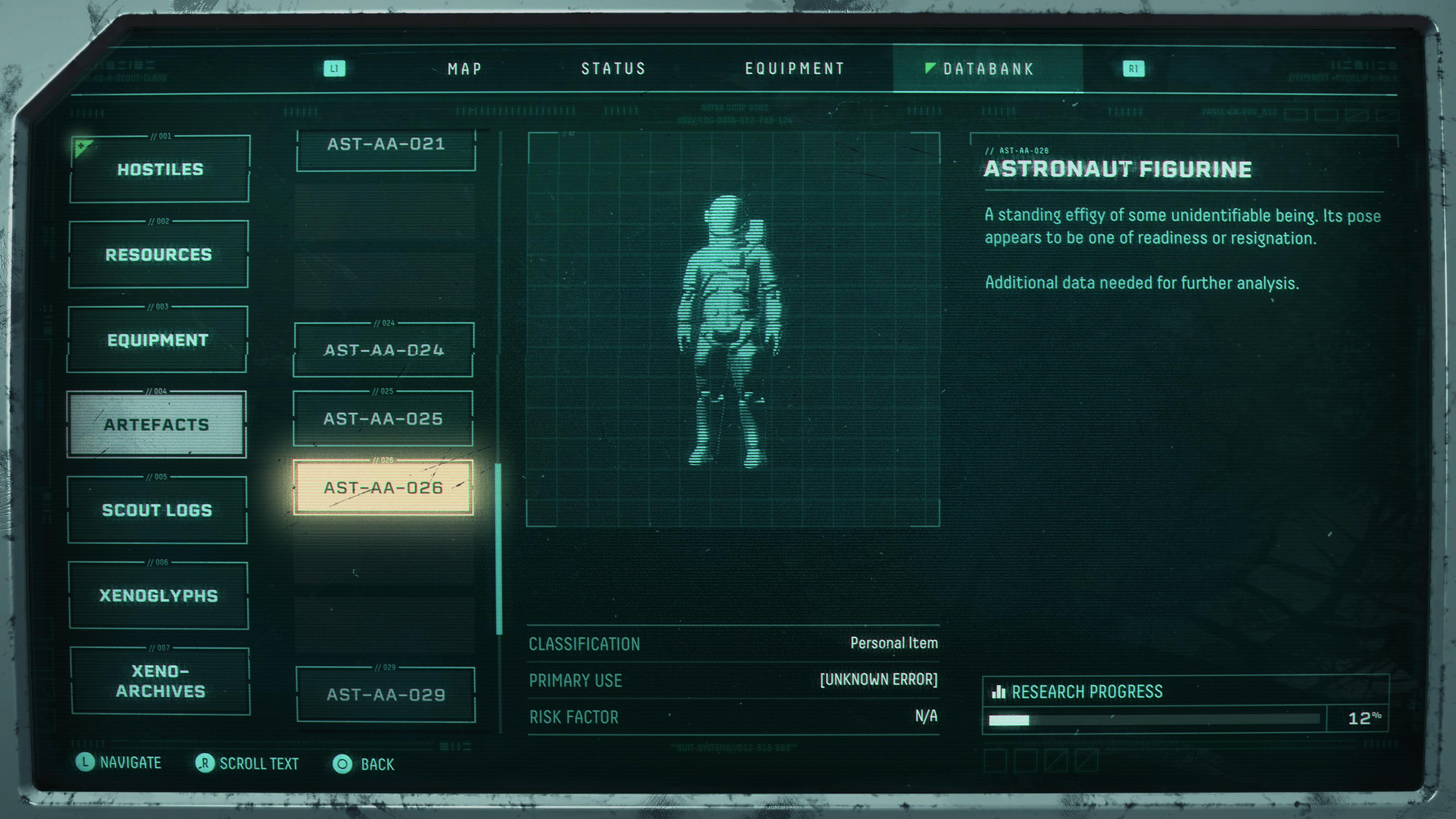

Achieving the results anticipated will enable SALT to be bench marked in relation to amine scrubbing and oxyfuel combustion for both natural gas CCGT power plants and cement/lime production and provide the platform for taking silica-PEI SALT to full demonstrations at TRL 6-8. Comprehensive techno-economic analysis and life cycle analysis (LCA) of SALT including the material replacement costs will be conducted, together with an initial high-level design of a demonstration facility operating at 10 MWe equivalent for a cement/lime plant. Regeneration strategies will be devised so that that the silica can be recycled and, when PEI degrades, it can be pyrolyzed to yield platform chemicals that potentially have high market value. Further, surfactants will improve the CO2 adsorption kinetics and through this, the dynamic working capacity. The PEI will be further stabilised with an antioxidant and a chelating agent.

PEI will be stabilised through alkoxylation and the optimum level will be established so as not to vastly reduce the CO2 adsorption capacity. The performance of silica-PEI will be optimised in terms of the working dynamic CO2 adsorption capacity and the physical and chemical stability with respect to flue gases representing PCC from power plants and industrial processes, such as cement and lime production, in pilot-scale facilities using 5-20 kg of adsorbent. The findings will provide a basis of comparison with other technologies, including advanced amines and oxyfuel combustion where the focus will be on the cement industry. Further, the scope to reduce costs by recovering the silica from spent adsorbent and converting the PEI to chemical feedstocks will be explored. Therefore, the overall aim of the proposed two-year research programme is to demonstrate that such lifetimes can be achieved by optimising silica-PEI composition and SALT can achieve lower capture costs through maximising the dynamic CO2 adsorption capacity in continuous operation which will reduce the regeneration energy to approaching 2.0 GJ/tonne CO2.


Initial analysis indicates that lifetimes approaching 12 months will be required, assuming conservative performance parameters in terms of dynamic adsorption capacity and heat recovery. 10 € per tonne of CO2 captured, which will be comparable to those for MEA in amine scrubbing.
#RETURNAL ACT 3 DRIVERS#
The key drivers to the successful implementation of silica-PEI in solid adsorbent looping technology (SALT) using fluidised-beds for both adsorption and desorption are (i) maximising the working dynamic CO2 adsorption capacity at high capture efficiencies and (ii) keeping the adsorbent replacement costs below ca. Silica-polyethylenimine (PEI) is a leading candidate amongst strongly basic adsorbents for both PCC and direct air capture. Although showing considerable promise as such a technology, solid adsorbents are at a relatively early stage of development and have not been investigated extensively at pilot-scale and demonstration scale. These factors result in relatively high capture costs and this has catalysed the development of alternative or second-generation technologies. However, amine scrubbing has limitations, including high energy demand for regenerating the solvent and environmental problems such as volatile amine loss and reactor corrosion, which are not completely solved by using mixed amines rather than monoethanolamine (MEA). Amine scrubbing is the most mature technology having been adapted from separating CO2 from natural gas. Post-combustion CO2 capture (PCC) will play a key role since it can be retrofitted and adapted to existing power plant and industrial processes. Accelerating Basic Solid Adsorbent Looping Technology Project coordinatorĪutumn 2021 – autumn 2024 Support from ACTĬO2 capture and storage (CCS) from large point anthropogenic sources, including coal and natural gas power plant and industrial processes is recognised to be one of the most effective measures to the European Union’s commitment to reach climate neutrality by 2050 and mitigate against global warming staying within 1.5 oC of pre-industrial levels during the remainder of the 21st century.


 0 kommentar(er)
0 kommentar(er)
